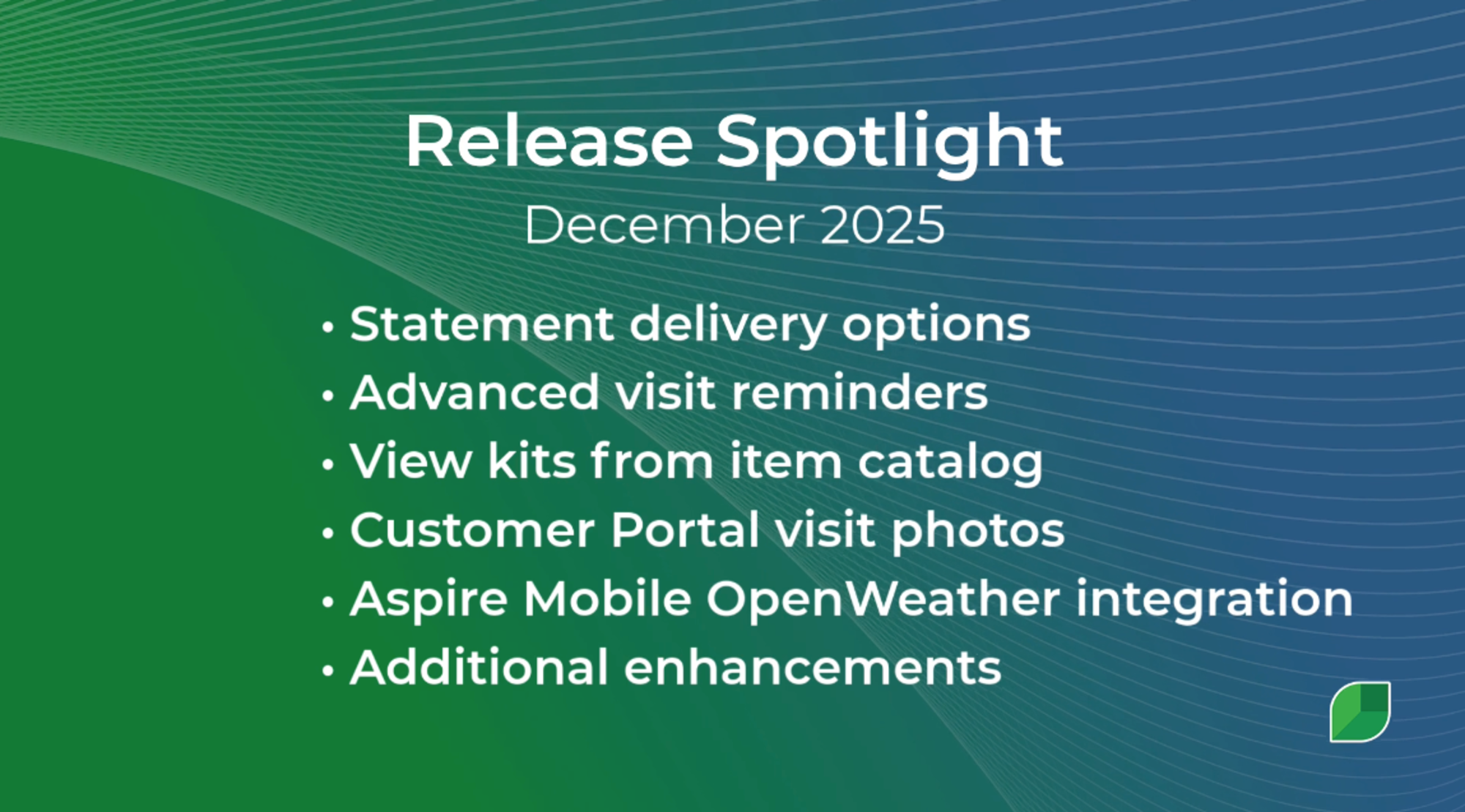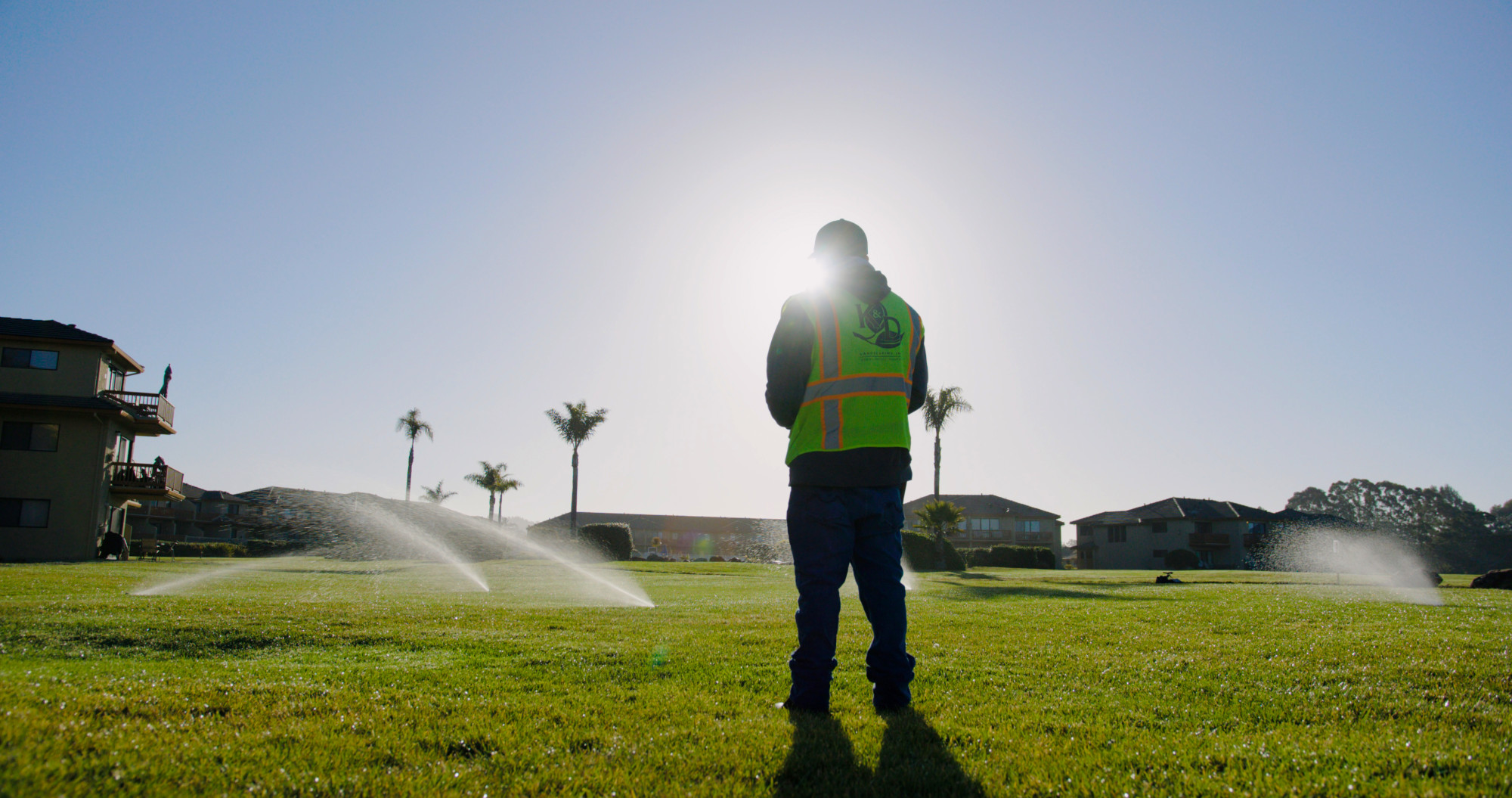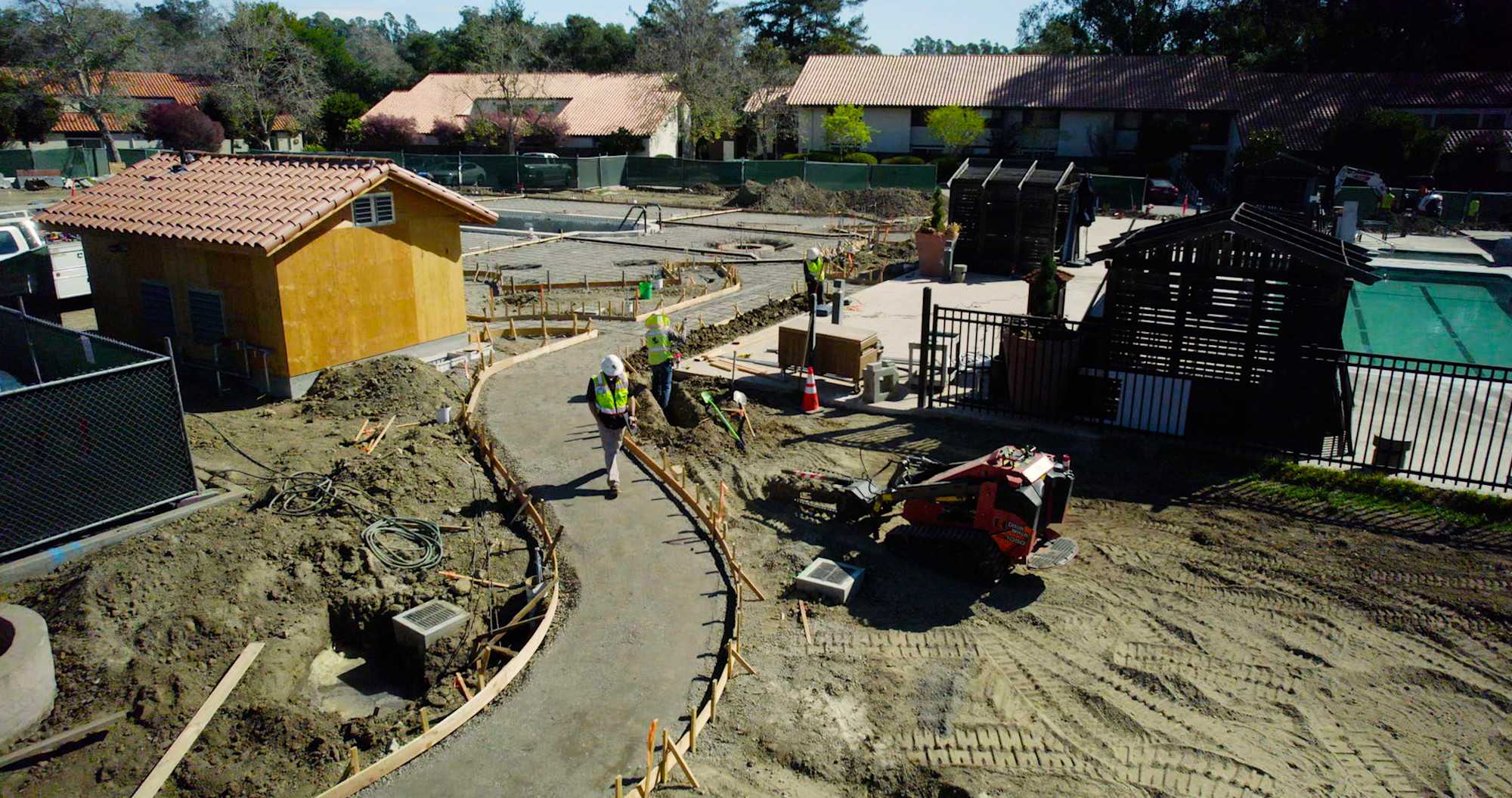Table of Contents
The first hour of your day sets the tone for everything that follows. For most landscape companies, mornings are a chaotic mess of last-minute schedule changes, equipment hunts, and long-winded meetings.
But the companies that dominate the busy season have turned their morning rollout into a precise science that takes just 15 minutes. Here's how they do it—and how it saves them 45+ hours per crew during the 100 Days of Hell.
Not just your peace of mind: What that morning chaos is actually costing you
Let's calculate the hidden cost of chaotic mornings.
When a five-person crew stands around for 30 minutes waiting for equipment to be located, that's 2.5 labor hours being wasted before a single property is serviced.
When trucks leave the yard 45 minutes late, that's either overtime at the end of the day or properties that don't get completed.
When materials get forgotten due to rushed preparations, that's a midday return trip that kills momentum and routing efficiency.
For most landscape operations, these aren't occasional problems—they're daily occurrences during the busy season, and they're completely preventable.
The companies that have mastered morning efficiency all share one critical habit: they prepare tomorrow morning today.
Tomorrow actually starts today
Companies that coast through The 100 Days of Hell have a non-negotiable night-before setup system.
By 5 PM:
Tomorrow's schedule is finalized and communicated to all teams.
Equipment is staged based on crew assignments—not just roughly, but specifically organized in loading order.
Materials are pulled and loaded.
Trucks are fueled.
Maintenance issues are addressed.
When crews arrive the next morning, there are no surprises, no scrambling, and no wasted motion. Everything is where it needs to be, allowing the team to focus on the day ahead rather than solving logistical problems.
Mastering the morning
The morning briefing itself is an exercise in precision. The most efficient companies maintain strict time boundaries—10 to 15 minutes maximum. They've learned that information overload is as problematic as information shortage.
They focus exclusively on exceptions and critical details:
"Property 3 has irrigation work happening in the back section,"
"The Johnson residence has a new gate code,"
"The downtown route has road construction on Main Street."
Everything else is provided through their software platform for reference as needed.
These briefings include quick recognition of the previous day's wins and specific callouts for teams or individuals who overcame challenges or delivered exceptional results. This isn't fluff; it's strategic reinforcement of the culture they're building. Then, crucially, there's an immediate departure after the briefing.
There are no lingering discussions, no last-minute changes, and no "one more thing" additions. Discipline around ending the meeting is as important as starting it on time.
When discipline isn’t enough: how software can help
The technology supporting these streamlined mornings varies, but the principle remains consistent: information should be accessible without being overwhelming.
The best systems push only the day's essential details to crews while keeping comprehensive information available on demand. They highlight exceptions rather than forcing teams to sift through routine information to find what's changed.
Implementing a 15-minute morning system doesn't happen overnight.
Start by documenting your current morning process and timing each component.
Identify the primary bottlenecks and address them individually. Often, the biggest culprit is last-minute schedule changes—a symptom of insufficient planning the day before.
Create hard deadlines for finalizing the schedule and stick to them religiously, even when it feels inconvenient.
Track specific metrics to measure your progress: morning rollout duration (from crew arrival to departure), equipment retrieval time, briefing length, and first property arrival times. Share these metrics with your teams and celebrate improvements.
Make the goal explicit: we're not rushing to create stress; we're streamlining to eliminate it.
Making space for your team to succeed
The most efficient landscape companies don't achieve their results by making people work faster—they remove the obstacles that slow people down. By transforming your chaotic 45-minute morning routine into a streamlined 15-minute system, you're not just saving time.
You're starting every day with clarity, purpose, and momentum that carries through everything that follows. Over the 100 Days of Hell, those 30 minutes saved daily add up to over 45 hours per crew—nearly a full workweek reclaimed from the chaos.
Imagine what your business could do with an extra week of productivity from each crew during your busiest season. Learn more about crushing the busy season by downloading our free ebook, Dirt Rich, Time Poor: Mastering the 100 Days of Hell.






